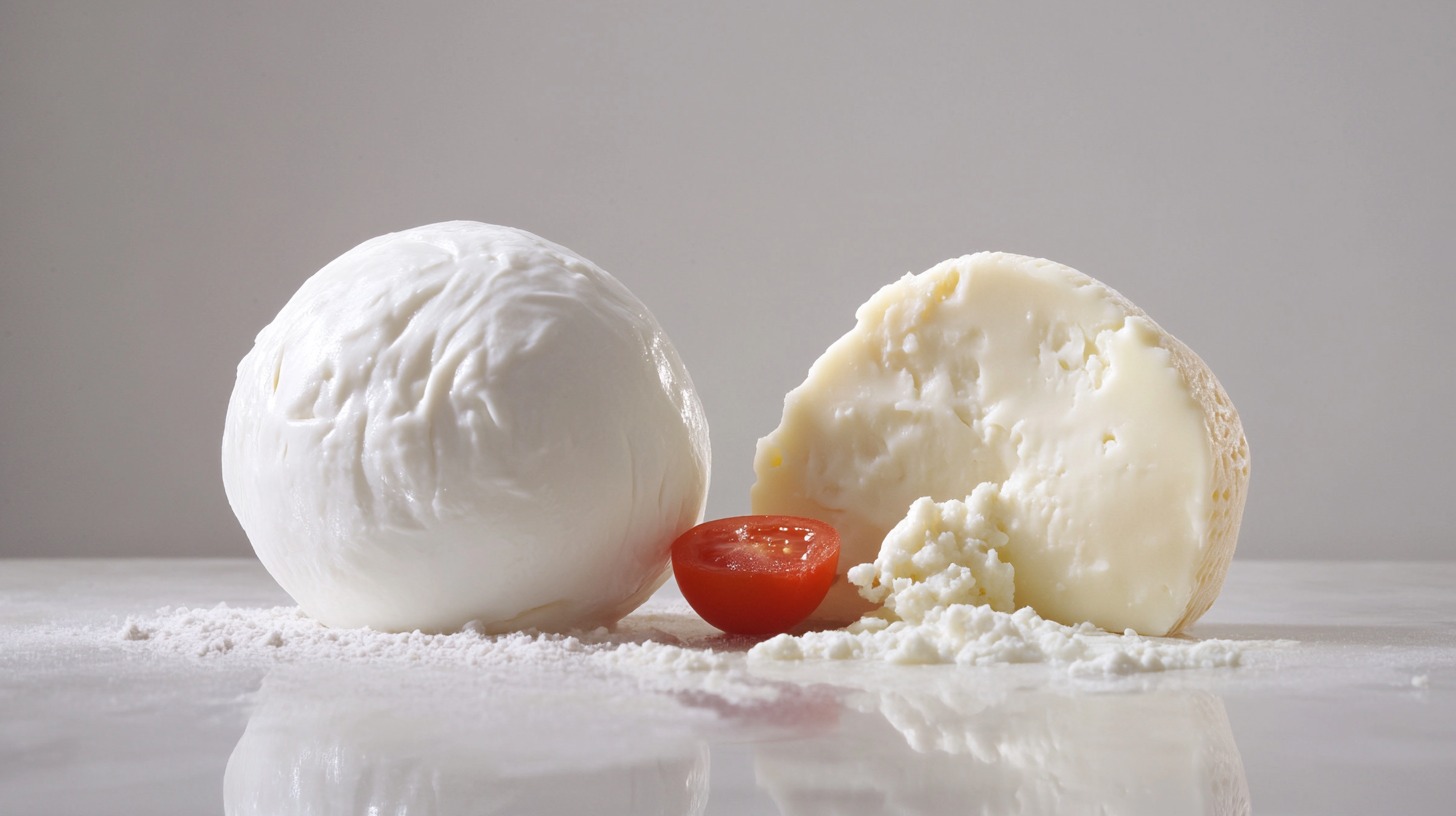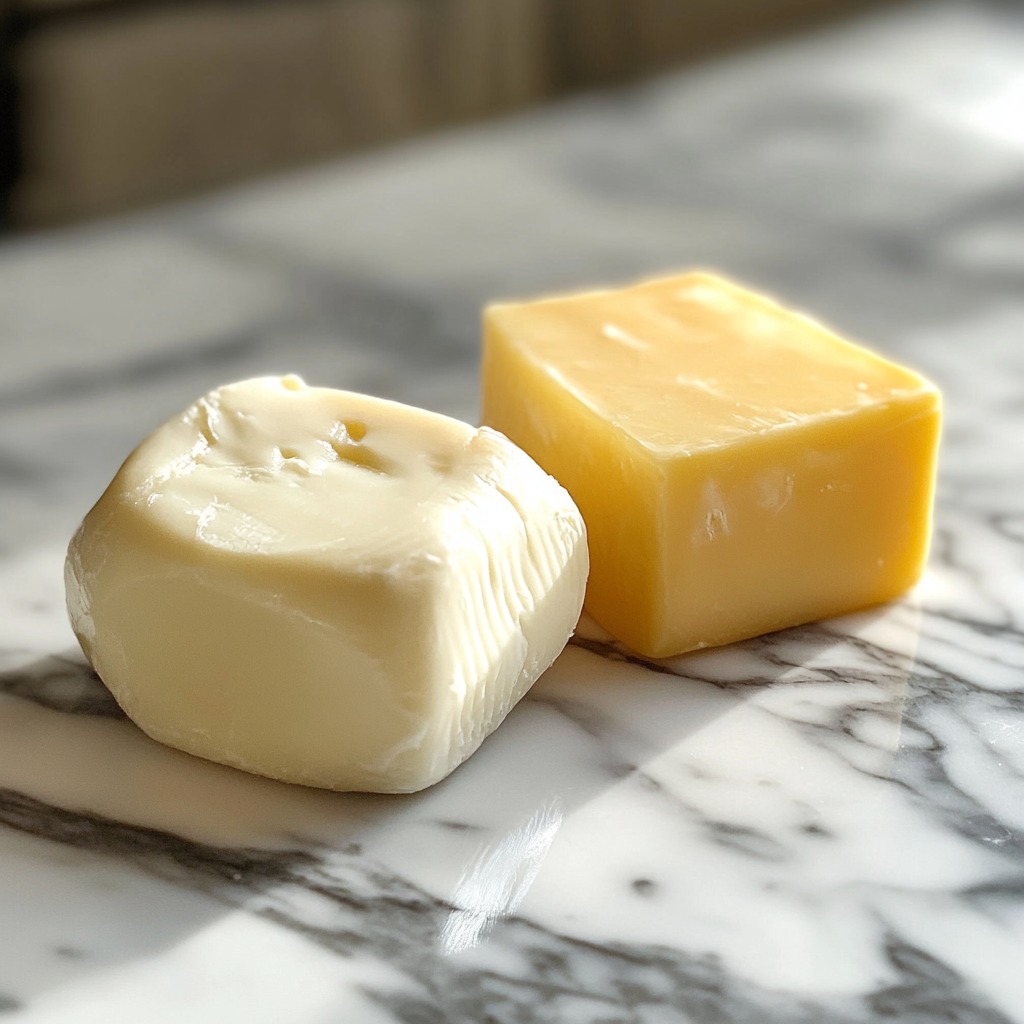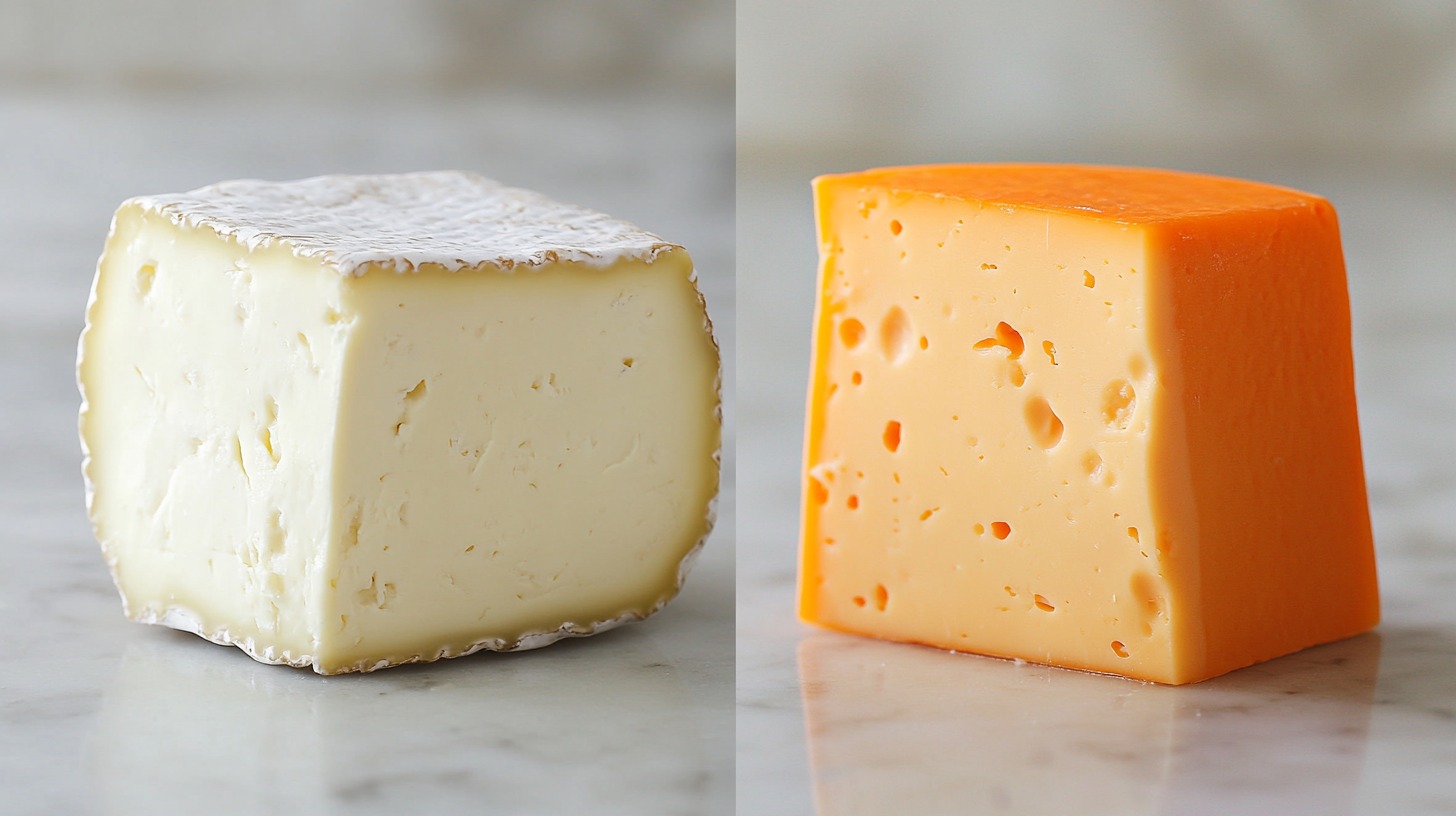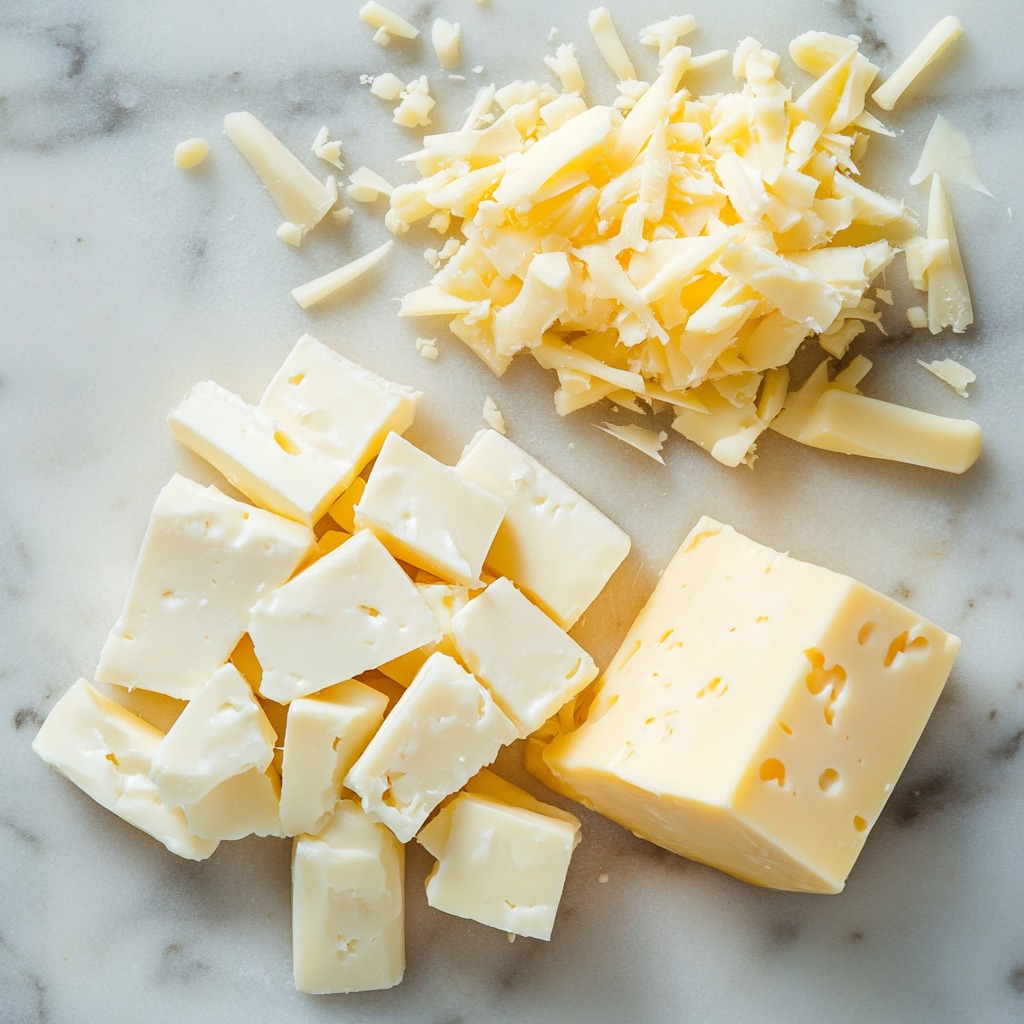Mozzarella and cheddar are among the most widely used cheeses in cooking, each bringing distinct qualities to the table. Their textures, flavors, and melting behaviors set them apart, making them ideal for different types of dishes.
Some recipes benefit from the stretchiness of mozzarella, while others require the smooth and creamy consistency of cheddar. The way these cheeses react to heat depends on their moisture levels, fat content, and the aging process.
Understanding these factors helps in choosing the right cheese for a specific dish.
Why Do Mozzarella and Cheddar Melt Differently?
The way cheese melts depends largely on its protein and fat structure. Casein proteins form a network that traps fat and moisture, influencing the consistency of melted cheese.
The higher the fat content, the smoother the melt, as fat weakens protein bonds, allowing the cheese to become more fluid when heated.

Effect of Moisture Content
Moisture plays a major role in how cheese reacts to heat. Higher moisture levels create a softer, stretchier melt, while lower moisture content leads to a firmer, creamier consistency.
| Cheese Type | Melting Properties | Texture When Melted | Best Uses |
|---|---|---|---|
| Mozzarella | High moisture content allows it to soften quickly and stretch easily. | Flexible protein structure helps form long, elastic strands. | Pizza, lasagna, dishes requiring gooey, stretchy cheese. |
| Cheddar | Lower moisture content results in a denser, firmer texture. | Turns creamy rather than stringy. | Cheese sauces, mac and cheese, baked casseroles. |
| Aged Cheddar | Has even less moisture, which increases the likelihood of separation when heated. | Can become grainy unless mixed with younger cheddar or melting agents. | Best mixed with younger cheddar for improved consistency. |
Influence of pH (Acidity) and Aging
Acidity levels affect how cheese melts by altering the structure of its proteins. The pH level determines how well proteins retain their flexibility when exposed to heat.
| Cheese Type | Property |
|---|---|
| Mozzarella | Moderate pH level keeps proteins flexible, allowing it to stretch smoothly. |
| Fresh mozzarella has slightly more moisture, making it softer and more delicate. | |
| Low-moisture mozzarella is firmer and holds its shape better when melted. | |
| Cheddar | The pH level shifts as the cheese ages, leading to a breakdown of protein bonds. |
| As proteins degrade, cheddar becomes more crumbly, affecting its ability to melt smoothly. | |
| Aged cheddar often develops a grainy texture when heated. |
Mozzarella and cheddar each have qualities that suit different cooking needs. Mozzarella excels in stretchiness and smooth melting, while cheddar provides a creamy consistency with a stronger taste.
By considering factors such as fat content, moisture, and pH balance, each cheese can be used effectively to achieve the best results in various dishes.
Overview of Mozzarella and Cheddar

Mozzarella has roots in Italy, traditionally made with buffalo milk, though cow’s milk versions are common today. It is produced using the pasta filata method, which involves stretching and kneading curds in hot water. The technique gives mozzarella its elastic texture, making it a preferred choice for pizza and pasta dishes.
It comes in fresh and low-moisture varieties, with the fresh type offering a softer texture and delicate taste, while the low-moisture version provides a firmer bite.
Cheddar originated in England and undergoes a more complex aging process. Young cheddar has a mild, creamy texture, while aged versions develop a sharper taste. The cheese is pressed into molds, aged in controlled conditions, and can range in firmness depending on its maturity.
Unlike mozzarella, cheddar does not stretch as much when heated, but it provides a rich melt that works well in sauces and baked dishes.
Nutritional Comparison
Mozzarella and cheddar differ in their nutritional composition, influencing their role in different diets. Mozzarella is often considered a lighter option due to its lower calorie and fat content, especially when made with part-skim milk.
That makes it a preferred choice for those looking to reduce fat intake without sacrificing protein and calcium. Additionally, mozzarella tends to have a lower sodium content, which can be beneficial for individuals monitoring their salt consumption.
Cheddar, on the other hand, has a higher fat content, which contributes to its smooth, creamy texture and bold taste. The aging process also results in increased sodium levels, making it a stronger-flavored cheese with a denser nutritional profile.
Despite its higher calorie count, cheddar remains a rich source of protein and calcium, supporting muscle maintenance and bone health. While it is more calorie-dense than mozzarella, it can still be part of a balanced diet when consumed in moderation.
Below is a nutritional comparison of a standard serving (28g or 1 ounce) of mozzarella and cheddar cheese:
| Nutrient | Mozzarella (Part-Skim) | Cheddar (Mild) |
|---|---|---|
| Calories | 85 kcal | 115 kcal |
| Protein | 6.3g | 7g |
| Total Fat | 6g | 9.4g |
| Saturated Fat | 3.7g | 6g |
| Cholesterol | 18mg | 28mg |
| Sodium | 175mg | 180-200mg |
| Calcium | 200mg | 200mg |
| Carbohydrates | 0.6g | 0.4g |
Which Cheese is Best for What?

Now, let us talk about which one of these is best and for what exactly.
Mozzarella
Mozzarella works best in dishes where a stretchy, gooey consistency is important. The mild flavor complements a variety of ingredients without overpowering them.
- Pizza: Provides the signature pull and stretch when melted over a hot crust.
- Lasagna: Layers evenly and adds a creamy texture.
- Caprese Salad: Fresh mozzarella pairs well with tomatoes and basil.
Fresh mozzarella enhances cold dishes, while low-moisture versions work better for melting. Because of its moisture content, fresh mozzarella may release water during cooking, so draining it beforehand helps prevent sogginess.
Cheddar
Cheddar’s strong taste and smooth melt make it ideal for recipes requiring depth and creaminess.
- Mac and cheese: Creates a thick, velvety sauce when melted with a roux.
- Grilled cheese: Develops a golden, crispy crust with a gooey center.
- Casseroles: Adds a creamy layer to baked dishes.
Aged cheddar, while flavorful, can become grainy when melted. Mixing it with younger cheddar or using it in combination with milk-based emulsions improves texture.
How to Improve Melting for Each Cheese?

- Mozzarella: Freshly shredded cheese melts more evenly. Low-moisture mozzarella provides better browning.
- Cheddar: Younger cheddar works best for smooth melts. Adding acid, such as lemon juice or vinegar, helps prevent clumping in sauces.
Using a combination of both cheeses in recipes can balance texture and flavor, creating a well-rounded result. What should be said is that you should also test other types of cheese.
Which One is Better?
The best cheese depends on how it will be used. Mozzarella excels in stretchability and provides a subtle taste, making it perfect for pizzas and baked dishes.
Cheddar offers a stronger taste and a creamier melt, making it ideal for sauces and comfort foods.
Choosing between the two comes down to the dish and the texture desired. Mixing them in certain recipes can bring out the best qualities of both.
Hi there, my name is Kelly Barlow and kellytoeat.com is my blog. Here, I write about various recipes I want to reccommend to readers.
I try to find the best possible recipes that can attract the attention of readers, and at the same time, I strive to write it in the most engaging manner possible.
When I was younger, I wanted to become a chef. Sadly, it wasn’t meant to be, but at the very least, I write about it.
